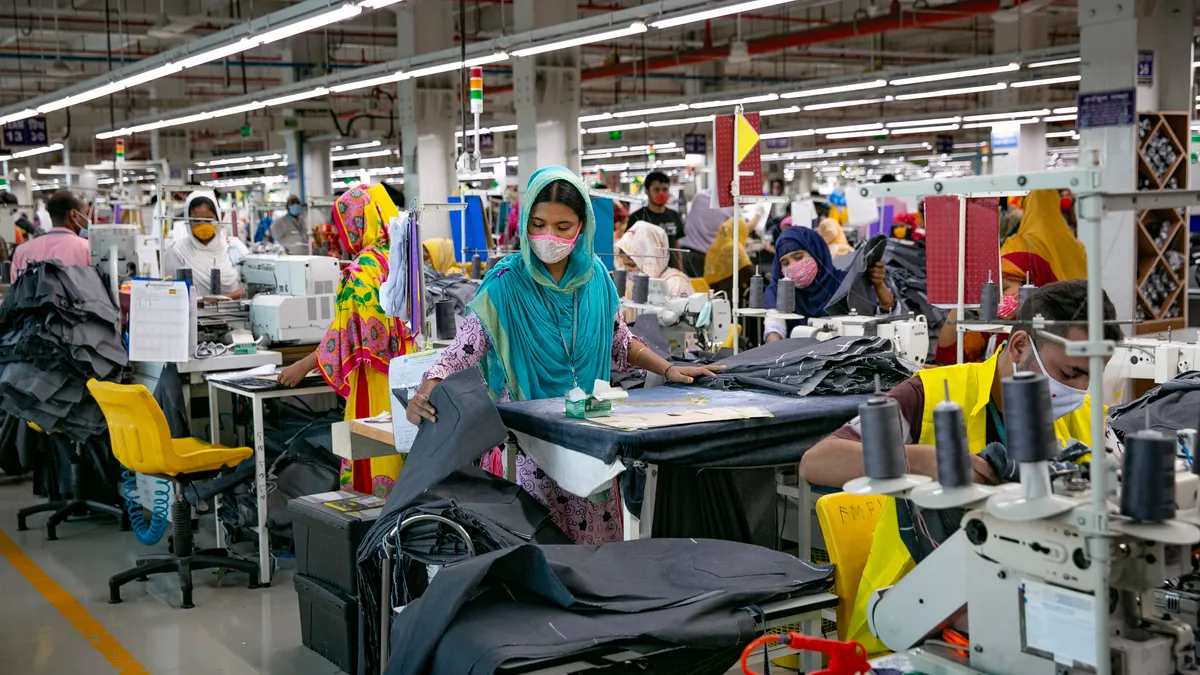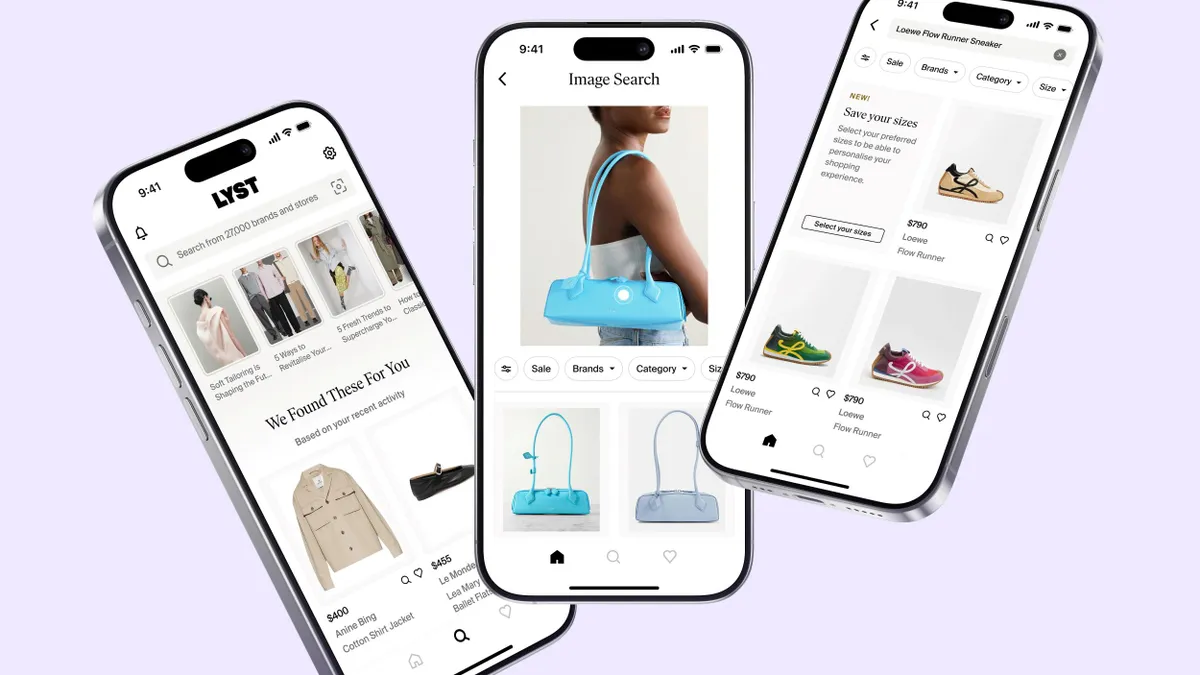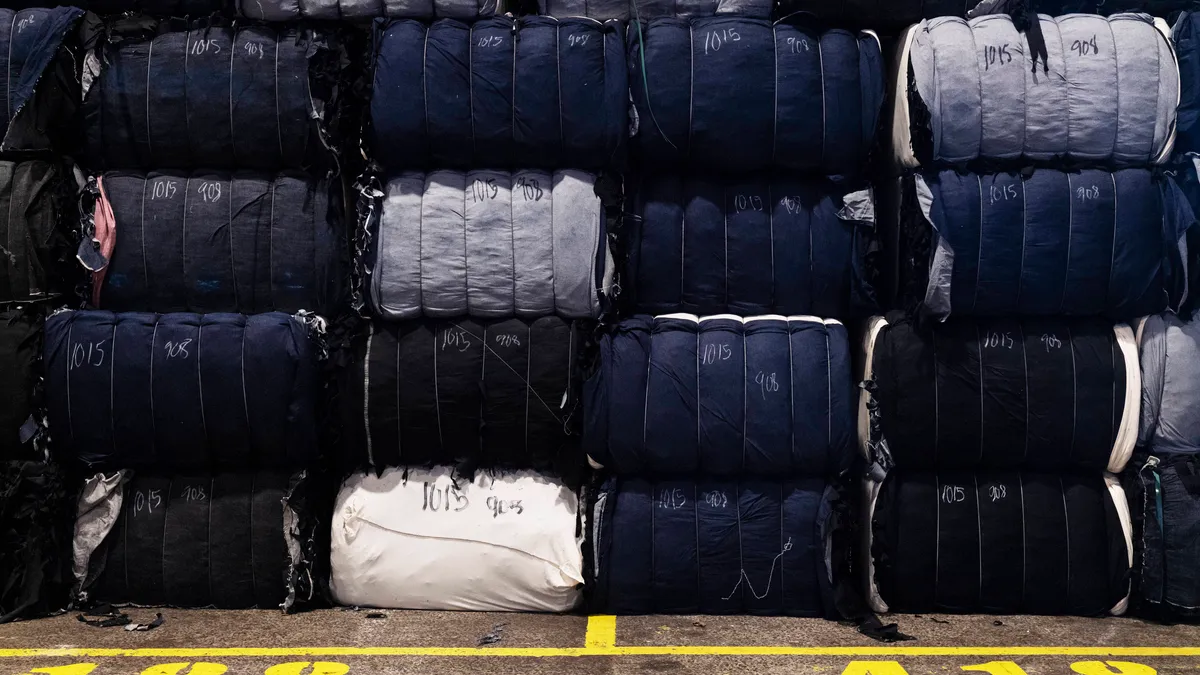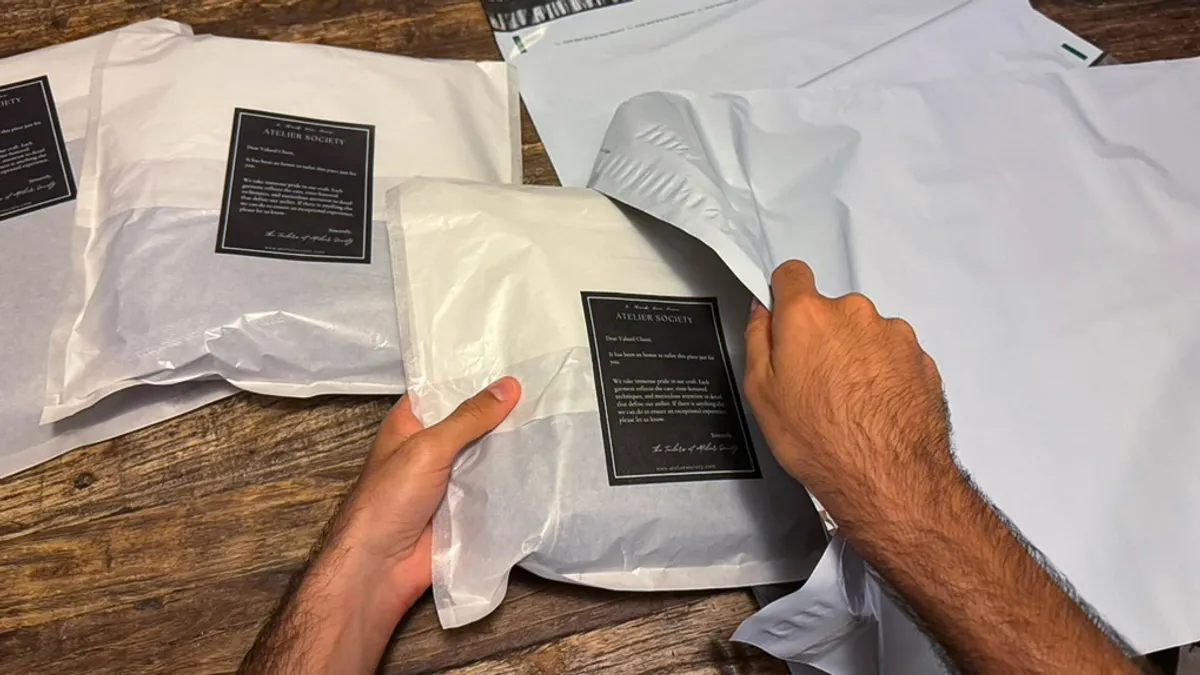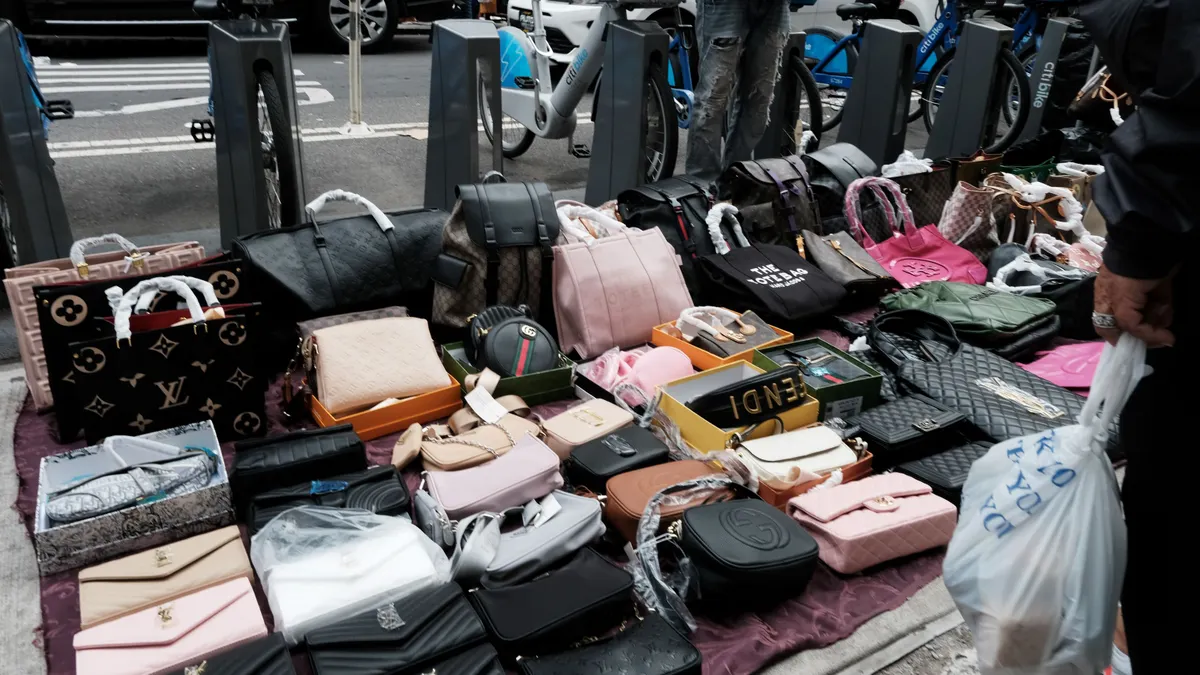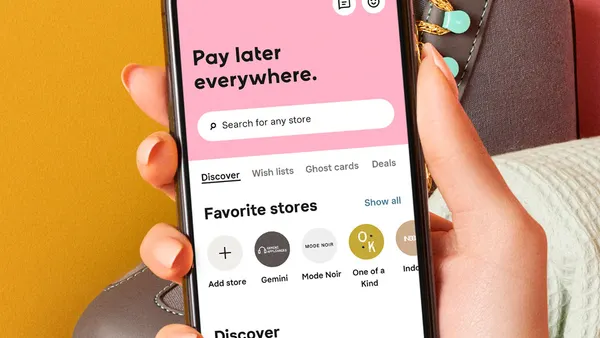Transparency is critical in the fashion industry, a sector plagued by reports of excess production, human-rights violations and unethical sourcing practices.
Plus, with consumers and regulators pushing for more sustainably-made products and lower emissions, fashion companies increasingly need to assess and record their operational processes and impacts, as well as those of their business partners, Sheng Lu, a professor and director of graduate studies at the University of Delaware’s Department of Fashion and Apparel Studies, told sister publication Supply Chain Dive.
Supplier scorecards can be a vital tool in gaining such visibility.
By using these scorecards, fashion companies can obtain standardized data that is cost-effective to collect and easy to analyze, experts told Supply Chain Dive. Scorecards can also facilitate consistent and transparent conversations around measurable performance for brands like Patagonia.
“We prefer them because other options may be more subjective and therefore more difficult to accurately and objectively measure performance and improvement over time,” Elisabeth Mast, senior director of sourcing and production, and Wendy Savage, director of social responsibility, traceability and animal welfare, told Supply Chain Dive.
Choosing the right metrics
Scorecards can help companies create successful supplier partnerships by providing a pathway to send and receive feedback to improve relationships and align goals, according to Brooks Running VP of Sourcing and Manufacturing Robert Conradt.
For the athletic gear company, supplier scorecards serve as a superior option to informal feedback shared during quarterly business meetings, which proved less successful.
Instead, Brooks uses an internal scorecard to rate the performance of its tier 1 and tier 2 footwear vendors based on eight categories, including manufacturing quality and responsible sourcing and sustainability.
Conradt said the company selected metrics based on what was most meaningful to Brooks’ business and values, spending several years evolving the metrics to where they are now. Each metric measures performance over the course of a full calendar year or two product seasons (spring and fall).
“Our supplier quality team developed the inputs to our scorecard by first defining our internal critical business needs, determining how that would be measured, and then working backwards to identify the measurable parameters from our suppliers that impact or correlate to those needs."

Daniel Dowd
VP of Supplier Quality at Estée Lauder
However, Conradt noted that Brooks’ internal purchasing practices can complicate supplier compliance with social and environmental laws, regulations and its own code of conduct.
To address this issue, Brooks also partners with nonprofit Better Buying Institute to enable suppliers to anonymously rate buyer purchasing practices, including the accuracy of demand planning and forecasting. Brooks reviews the results of these assessments to determine areas that need improvement.
Like Brooks Running, beauty product maker Estée Lauder uses supplier scorecards to measure several factors, including quality, service, innovation and sustainability performance, VP of Supplier Quality Daniel Dowd told Supply Chain Dive.
“Our supplier quality team developed the inputs to our scorecard by first defining our internal critical business needs, determining how that would be measured, and then working backwards to identify the measurable parameters from our suppliers that impact or correlate to those needs,” he said. In turn, the measurements help the cosmetic company monitor its value chain to assess risks and improvement opportunities.
Similarly, Patagonia leverages supplier scorecards to assess production, product quality, and social and environmental impact, Mast and Savage said, noting that “it is important for us that we don’t measure performance in silos.”
For the outdoor apparel company, this means evaluating on-time delivery, defective rates, social and environmental audits, and efforts toward renewable energy.
The ins and outs of implementation
Supplier scorecards require a unified system to share data and information. Creating such a framework can be challenging, but the key to successful implementation is transparent communication, apparel executives say.
Patagonia, for instance, had to determine how to develop a strategy for providing effective feedback in-person versus via email. By having a thoughtful and transparent approach, the company doesn’t “often see pushback” and has the opportunity to support in areas that need improvement.
“Both of these systems together allow us to have complete conversations — we aren’t just evaluating them, but they, too, share areas of improvement for us,” Mast and Savage said.
Some companies utilize different avenues when rolling out supplier scorecards. For example, Estée Lauder uses a combination of tactics, including one-on-one supplier reviews, town hall meetings with suppliers and information assessments within supplier portals.
“Both of these systems together allow us to have complete conversations — we aren’t just evaluating them, but they, too, share areas of improvement for us."

Elisabeth Mast and Wendy Savage
Executives at Patagonia
Compliance can still be a challenge, however.
Patagonia noted two instances in which it had to work with suppliers to provide onsite support to remediate issues.
While many suppliers are eager to improve and address problems, some are unable to do so effectively even with support. In those cases in which a relationship doesn’t align philosophically and puts product quality at risk, a company may opt to stop working with the supplier.
Filling in the gaps
Despite being a popular and often successful procurement tactic, supplier scorecards aren’t perfect. According to research from Lu, even large U.S. fashion companies sometimes lack the ability to collect sustainability data beyond their tier 1 suppliers.
This can lead to inconsistent data quality, especially when paired with a lack of industry-wide standards and data complexity, Lu said.
However, there are solutions available: third-party audits and sustainability certifications.
“Scorecards help us understand and evaluate the performance of our suppliers in a tangible, consistent and scalable way."

Daniel Dowd
VP of Supplier Quality at Estée Lauder
Earlier this year, outdoor apparel and accessories brand Cotopaxi completed a remediation initiative for a tier 1 supplier after a 2022 third-party audit discovered that the supplier had unethical recruiting practices. To address the violation, Cotopaxi, and other brands that use the same supplier, tapped a third-party audit and remediation consultancy to help address risks.
Others opt for online scorecard and rating platforms like EcoVadis. For example, Estée Lauder uses the platform to assess suppliers’ ESG journeys, identify areas to improve and navigate ESG risk, said Mindi DeLeary, the cosmetic company's VP of global responsible sourcing, sustainability and upstream procurement.
Despite the gains made by some companies, the journey to a sustainable and ethical fashion supply chain is a long one. However, supplier scorecards can be a useful tool along the way.
“Scorecards help us understand and evaluate the performance of our suppliers in a tangible, consistent and scalable way,” Estée Lauder’s Dowd said.
This story was first published in Supply Chain Dive’s Procurement Weekly newsletter. Sign up here.



